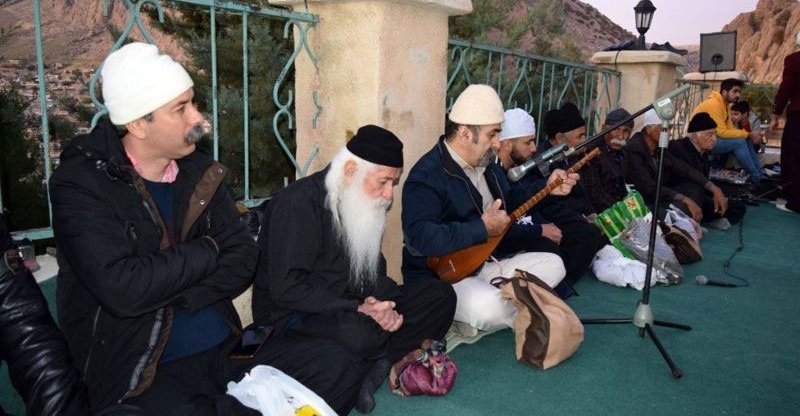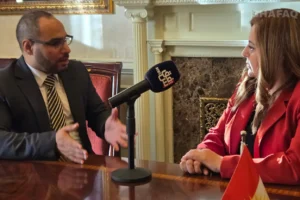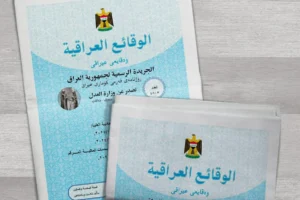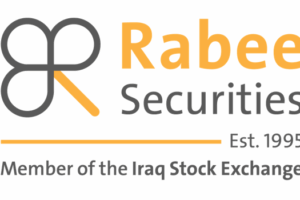
2025-07-18T05:51:40+00:00
font
Enable Reading Mode
A-
A
A+
Shafaq News
Though separated by borders and ethnic backgrounds,
Iraq’s Kakai community and Syria’s Druze minority mirror each other in
remarkable ways — not just in their shared preference for secrecy and sacred
traditions, but in how they embody cultural resilience through symbolic
expression and ritual fidelity.
From the unshaven mustache that conveys sacred vows,
to the refusal to accept converts or publicize doctrine, both groups have
developed spiritual systems designed to survive under suspicion, silence, and
siege.
Guarding Faith Through Silence
For the Kakais — also known as Ahl-e Haqq or People of
the Truth — secrecy is both a theological principle and a means of protection.
As Kakai elder Ako Shaweis told the Kurdish Foundation of Paris, “Our rituals
have always been kept secret… These rituals are intended for God, not for
humans.”
For communities long subjected to marginalization,
discretion is not about retreating from society but preserving the sanctity of
belief. “The more hidden and concealed the religious ceremonies are, the more
acceptable they become,” he noted, emphasizing a spiritual tradition where
privacy deepens one’s connection to the divine.
For the Druze, the practice is institutionalized. Only
a select religious elite, the Uqqal (Knowers), are allowed to access the
group’s sacred texts (Al-Hikmah Al-sharifah) or participate in religious
services. Conversion into or out of the faith is strictly prohibited. Like the
Kakais, Druze communities preserve a tight boundary between insiders and
outsiders.
Both groups maintain reverence for sacred sites.
Kakais in Iraq and Iran visit the shrine of Sultan Ishaq, while the Druze make
pilgrimages to sites like the maqam of Prophet Habil near Damascus or Nabi
Shuayb in Palestine. These visits are often deeply personal, but they also
reflect collective ties to landscape and memory — further linking identity to
sacred geography.
Parallel Paths of Devotion
Among the most visible expressions of faith for both
groups is the mustache — not as fashion, but as a sacred symbol. In Kakai
belief, it is a covenant. “The thick, long mustache isn’t just a social
custom,” explains Kakai scholar Khurshid Al-Kakai to Shafaq News. “It’s part of
the spiritual commitment and religious oath that ties the individual to his
community and faith.
This symbolic role finds a striking echo among Syria’s
Druze, where the mustache also historically signified discipline, wisdom, and
spiritual maturity. Although less rigidly observed today, it remains a potent
cultural marker — particularly for religious elders and community leaders.
This shared symbolism was thrust into the spotlight
during recent unrest in Suwayda, where reports emerged of Druze men being
forcibly shaved under threat. Abbas Al-Kakai, a prominent figure in Iraq’s
Kakai community, condemned the incidents. “To violate the mustache is to insult
an entire identity,” he told Shafaq News. “It symbolizes dignity, faith, and a
sacred vow. These acts are unacceptable — they are not just violence, but
symbolic erasure.”
A Mutual Struggle for Recognition
What makes the Kakai-Druze parallel compelling is not
only their rituals or symbols but the logic beneath them: survival without
assimilation. Whether in the Qalate hills of Halabja or the mountain shrines of
Jabal Al-Druze, both groups navigate their identities through a careful balance
of concealment and assertion.
Neither community seeks to proselytize. Instead, they
ask for space — for recognition of their traditions, and constitutional
acknowledgment of their distinct identities.
In a region plagued by fragmentation, the Kakais and
Druze remind us of another path — one that guards the soul of a people not
through force, but through fidelity. Their shared story is not only one of
survival, but of quiet defiance in the face of being forgotten.





